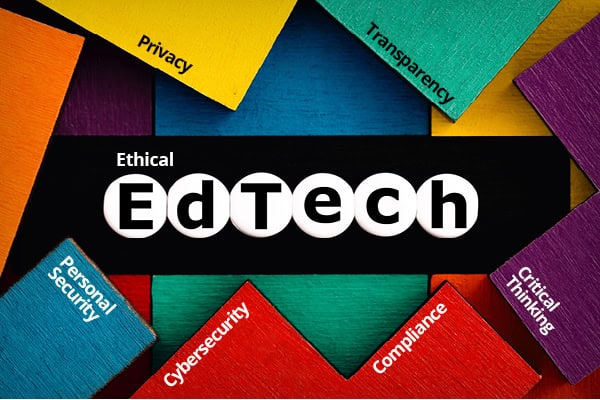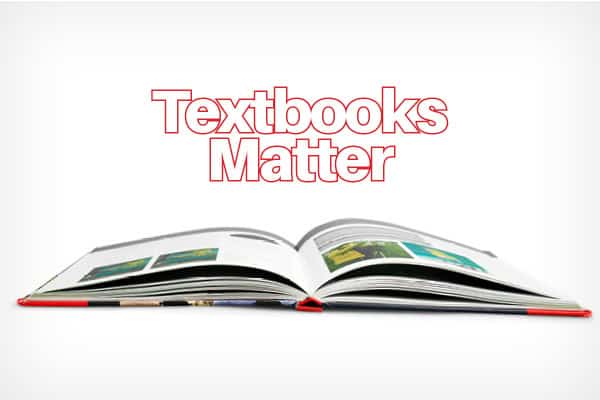Edtech has fundamentally changed the way the K-12 ecosystem works, providing high-level insights and back-office management benefits for educators, and presenting students with a wealth of information–and entirely new ways to learn it, according to eSchool News.
As K-12 students leverage this tech, they must be taught to use it ethically. This is important not only for their personal security but also to prepare them for a future where similar tools will be present in almost every job they hold. Teachers and administrators can structure their edtech solutions in a way that screens out external threats while also teaching students these vital skills.
First, when setting up a sustainable online educational environment that students will regularly access, there are several security concerns you should have at the forefront. They are:
- Privacy: With a wide variety of organizations and entities looking to seize and sell personal data, how can you protect your students’ information as they browse?
- Cybersecurity: How can you prevent seedier elements of the net from intruding on your online environment?
- Transparency: Why are your edtech platforms using student data, and how can you communicate that clearly to parents and students alike? This is especially important if your solution uses a form of AI technology.
There are tried and true methods you can use to address these concerns, as well as others that parents may have. Data encryption, for example, not only keeps your students’ information safe as they browse the web but is also a necessary step to achieve regulatory compliance. Cybersecurity solutions can be part of your edtech package, and most edtech systems have options to limit student browsing to safe parts of the web.
Regarding transparency, edtech organizations are often very clear about what data they collect and why and allow options for organizations to opt out of certain collection practices. Knowing the what, how, and why of data collection will allow you to communicate the same to parents, building trust in your school and its systems.
Having access to edtech in the classroom is essential for helping the next generation solve major challenges. Part of training these students for the real world, then, is teaching them how to use these tools, and gearing their thinking towards positive, real-world application of them.
Critical thinking is the extra subject no student directly knows they’ve enrolled in; and with edtech, it’s an especially important one. Introducing students to advanced technology so early on presents teachers with several opportunities, including:
- Teaching basic online safety skills
- Thinking about how and why they’re using a particular tool
- Presenting opportunities to consider real-world issues
The ethical component comes through most strongly as your students discuss, for example, modern day ag-tech and how it can improve farmers’ lives. They may be inspired to consider other areas where technology can be beneficial. Breaking down the issue of water conservation can teach core environmental science concepts. Pair that with a discussion of how precision agriculture and robotic planters can help, and you’re set for a thoughtful conversation on tech’s contribution to the public good.
Simultaneously, acknowledging the problems that sometimes arise from a higher level of technology can be healthy for your students. By looking into flaws in the system, as it were, they can then ideate on ways to repair those flaws and construct a healthier future tech ecosystem.
Edtech raises new challenges for educators and administrators to solve, yes; but if they construct a system that protects and nurtures their students properly, they’ll be more than prepared to handle whatever the future throws at them.
eSchool News





